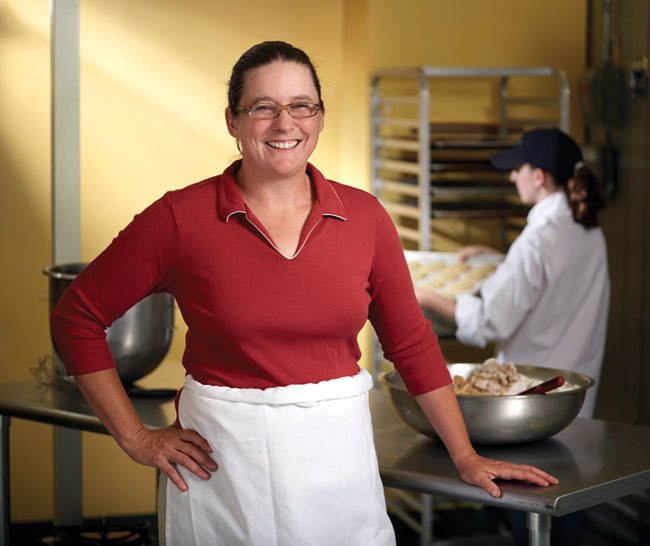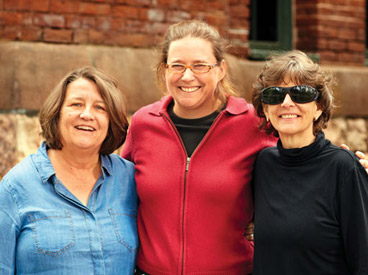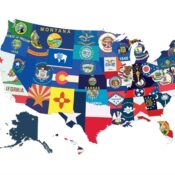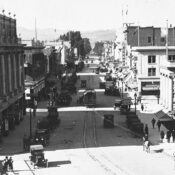
Moving around the big yellow kitchen lined with stainless steel ovens, prep tables, stacks of King Arthur flour, blocks of Cabot’s butter, and bowls piled with chunks of rich, dark, Callebaut chocolate, 43-year-old Vermont chef, farmer, and foodie entrepreneur Abbey Duke inhaled the rich buttery smell of holiday cookies cooling on the racks beside her and broke into a smile.
“It’s like a bake sale that happens 365 days a year,” says Abbey, waving a spatula toward the cookies that, as Christmas and Hanukkah approach, will eventually number in the thousands.
The huge mixer will be fired up; sugar crystals will be creamed into butter; and flour will fill the air. Then the delicate scent of orange blossoms will blend with the intensity of rich chocolate to entice every human within sniffing distance—and three local shelters for the homeless will have the heat on, the water running, and the lights shining into the winter darkness.
Homelessness is a life-or-death issue with little margin for error—particularly in Abbey’s home town of Burlington, Vermont, where temperatures measure 20 below zero in the darkest months of the year. Bordered by snowy mountains to the east and an ice-bound lake that runs 120 miles to the Canadian border on the west, there are few places to go when the library’s closed and you can’t afford a room.
The city’s residents became sharply aware of that fact in 1982 when a bunch of young men from Winooski—a town on Burlington’s northern border—returned from military service in Vietnam and began sleeping on park benches and huddling in doorways on Church Street. They were suffering both from physical disabilities and the psychological effects of war. They had nowhere to go.
Fortunately, one of the side effects of living in a small state with arctic temperatures, treacherous mountain roads, and not a lot of people is that most folks have a well-developed inclination to reach out and help when someone’s in trouble. Whether it’s the neighbor next door whose car won’t start or the guy down the road whose dog disappeared over the mountain, Vermonters tend to step forward and lend a hand.
Which is precisely what happened in Burlington. By the time temperatures began to plummet in December 1982, a dedicated group of religious leaders, business people, and ordinary citizens had organized the Committee on Temporary Shelter (COTS). They borrowed cots from the National Guard, rounded up volunteers, and convinced a local community center to let them use its space at night. On Christmas Eve, they threw open the doors.
The COTS folks expected to close the program when the weather warmed in the spring. But that spring, when the problem didn’t go away, COTS instead approached a local bank and applied for a loan to buy a building. “There was no reason to give us one,” says COTS straightforward Executive Director Rita Markley. “We looked like a bad risk. But Dudley Davis, the president of Merchants Bank, told the loan department to do it.” She shakes her head. “We got the loan, renovated the building, and opened a shelter.”
Become a Saturday Evening Post member and enjoy unlimited access. Subscribe now



